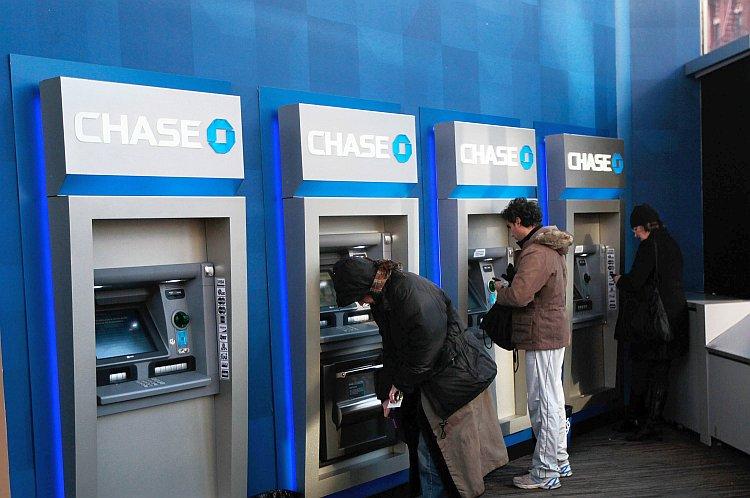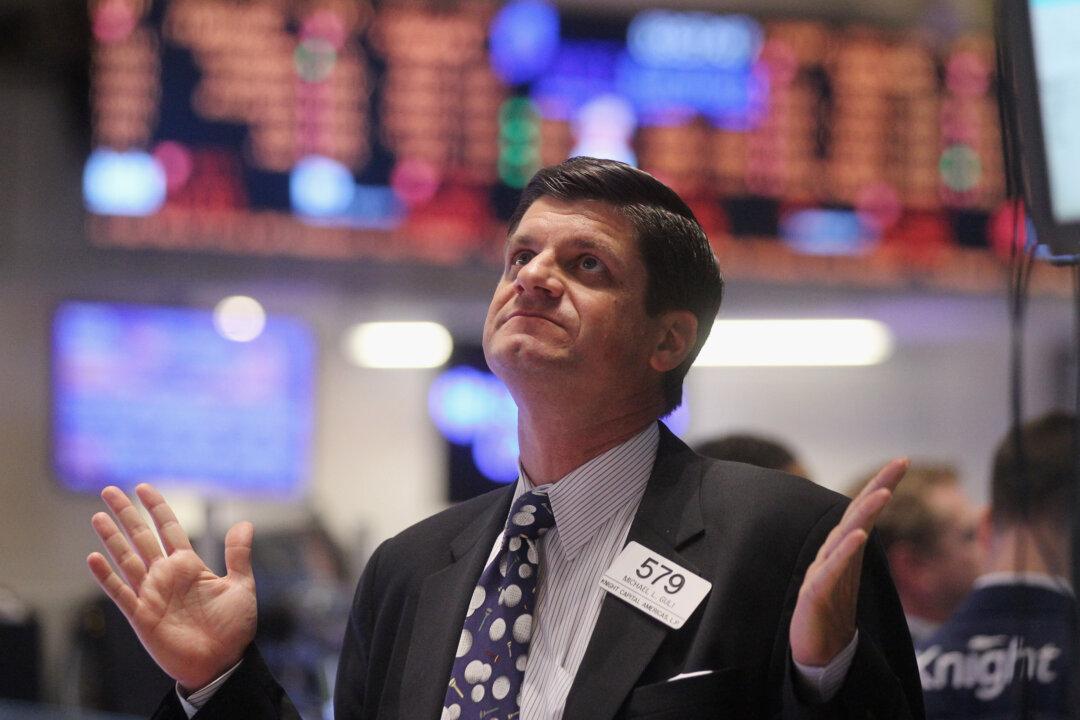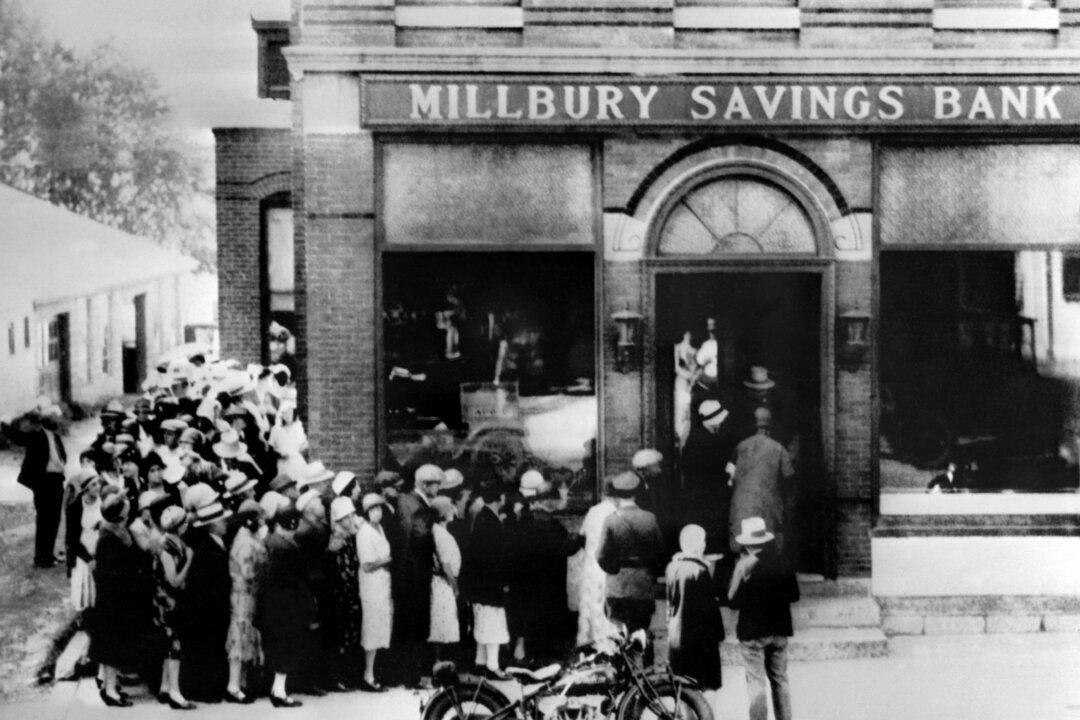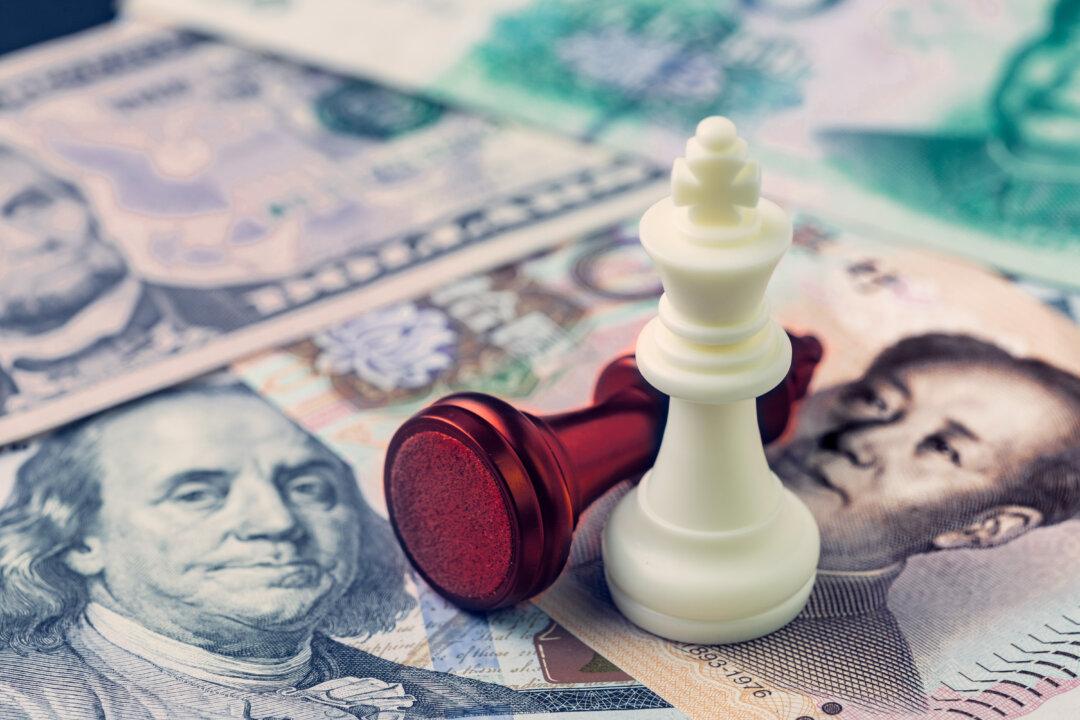Private debt tends to grow faster than the overall economy. As debt grows relative to GDP, inequality increases because more income is devoted to debt service. And throughout history, the rich have owned a disproportionate share of society’s debts.
It is not just the overall growth of debt that matters, but also that what grows the fastest is the wrong type of debt. According to the textbook view of mainstream economics, people save money and banks recirculate those savings as loans to finance productive investment, so $100 in savings is $100 in investment. If this textbook fable were broadly true, there would not be such a severe problem.





